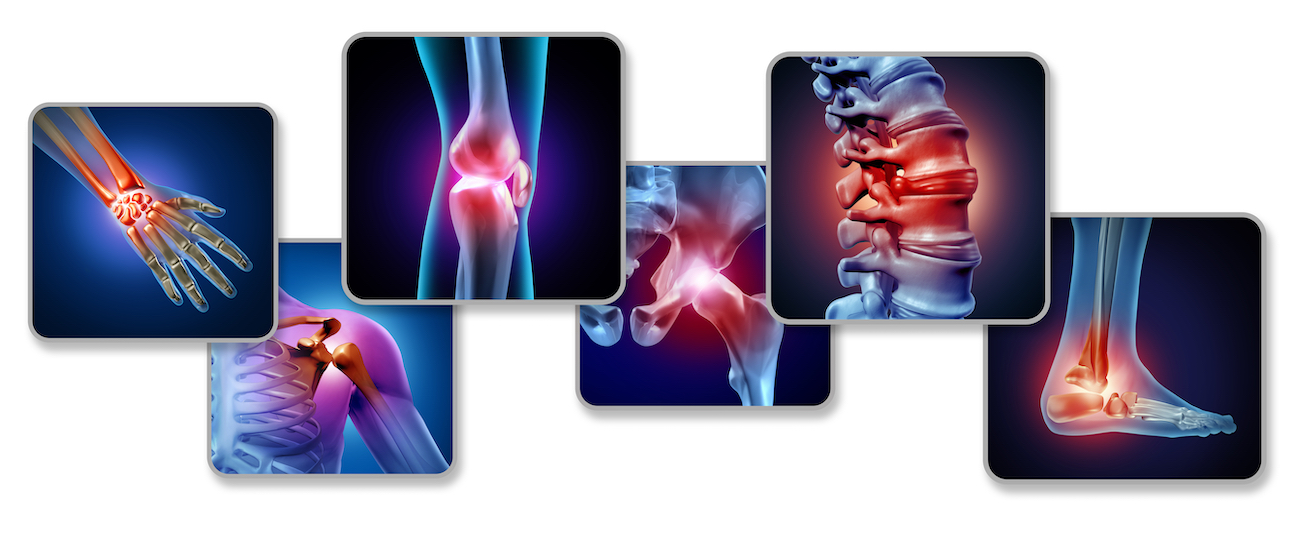


A wide range of conditions are treated including
- All aches, pains and conditions - back, neck, shoulder, elbow, wrist, hand, hip, knee and ankle pain
- Sports injuries
- Overuse injuries
- Nerve pain i.e. sciatica
- Work related injuries
- Joint and arthritic problems
You can expect a full and thorough assessment of your condition, with a clear explanation of your diagnosis and discussion of your treatment plan. If physiotherapy is not appropriate for you your GP can be contacted, a specialist consultant opinion arranged or an MRI scan should you need it.
Your treatment may include
If you have sustained an injury and are aiming to return to normal activities including sport and work, Physiotherapy can provide an activity or sport specific programme to improve muscle strength and flexibility. A wide range of strengthening, stretching, balance and postural exercises can be used. Improving strength and function of the muscles and connective tissues can aid return to sport and other activity.
Mobilisation involves the Physiotherapist passively moving a restricted joint of the spine or other joint to improve mobility using small oscillatory movements. Spinal manipulation is a common technique used for mechanical back and neck pain. It involves the Physiotherapist passively taking the joint to the end of range and then applying a thrust technique.
Mobilisation and manipulation are effective treatments used in a wide range of conditions where there is pain and restriction of joint movement. Restoration of mobility results in reduced pain and muscle spasm.
Pilates is an exercise technique that targets the deep postural muscles of the abdomen and spine to improve muscle balance, flexibility and overall central core stability and posture. See here for more information.
The soft tissues including muscles, tendons, ligaments, connective tissue and fascia are often the source of pain. Physiotherapy uses a range of techniques including massage, muscle energy techniques, trigger point and myofascial release to allow tissues to function normally and reduce pain.
These treatments can be used for relieving pain and promoting healing. Exercise (including Pilates) and stretching may be used as part of rehabilitation for your specific problem.
Your first appointment will last up to 45 minutes, return appointments will last 30 minutes. You should arrive 5 minutes prior to your first appointment as there is a short form to complete. You should wear loose clothing and please bring a pair of shorts.